#and in my opinion a base for 19th century russian realism
Text
‼️‼️ BOOK RECS‼️‼️
If you were a fan of “No Longer Human” by Osamu Dazai then I HIGHLY reccomend “The Overcoat” by Nikolai Gogol (bsd ik 😒😒)
There is a similar display of not being seen as a “true human” and you can easily look up a PDF online. After reading I highly recommend reading a summary (study.com has an excellent one) since the book can be rather confusing and underlying :)
#a lot of Gogols work is amazing#and in my opinion a base for 19th century russian realism#I highly reccomend anything by him#books#book recommendations#book reccs#gingerph0bix#bsd#Nikolai Gogol#the overcoat#no longer human#osamu Dazai
3 notes
·
View notes
Note
Hey Maue! I just want your advice and criticism on my designs of my human characters (one is my demon character Stolas, but locked into a human body, and the other is a regular human who he protected as a "human") This time period I made for them is focused on Victorian Era of Siberia, Russia. I looked up Victorian Era Russian Clothing and I drew what I first saw come up as I couldn't find much! What's your opinion on these? What could I change to fit the time period as that's what I'm most fucused on right now, since Sofia's design I'm not exactly pleased with.


Stolas is basically locked into Sova Stepan's body and us basically him, and Sova's full name literally means "crowned owl". I intended on having Stolas also born into a human body years later, but as human royalty, then dying early and returning to Hodyas (Aka called "Hell" by humans in my series)
Well, the Victorian era spanned from 1837 to 1901, so it'd help to find direct sources from between those years. Try looking up the work of 19th-century Russian portrait painters and photographers and seeing how their subjects are dressed (make sure the pieces were actually painted/shot in Russia, as well). You could also search for vintage Russian fashion illustrations from the 19th century, and/or go to the library for books on this specific topic if you want to be really period-accurate.
Also, where in Siberia are they located? Any particular city in mind? The region's pretty fuckin' huge, and getting a sense of what the climate's like in their area will determine how they dress. And based on the quick glance at Wikipedia I took, Siberia's winters are long and extremely cold, so these two would probably need to dress more warmly for much of the year.
As far as how their outfits look now, what really stands out is that Sova's palette has a big contrast in values and Sofia's has a very small contrast, which might be part of why you aren't satisfied with her design. This is more apparent when we look at them in grayscale.

I felt the spots on Sofia’s dress were a bit distracting, as the value contrast between them and the rest of the fabric made them “eye traps” of sorts. For my version, I eliminated the spots, used a darker, more saturated color for the dress to make the designs pop, and spread her shoe colors to her straps, eyes, and hair tie for a greater sense of balance. Also, her brooch and the cloth attached to it are less intricate but still stand out against the dress. These are small changes, but they make a big difference.

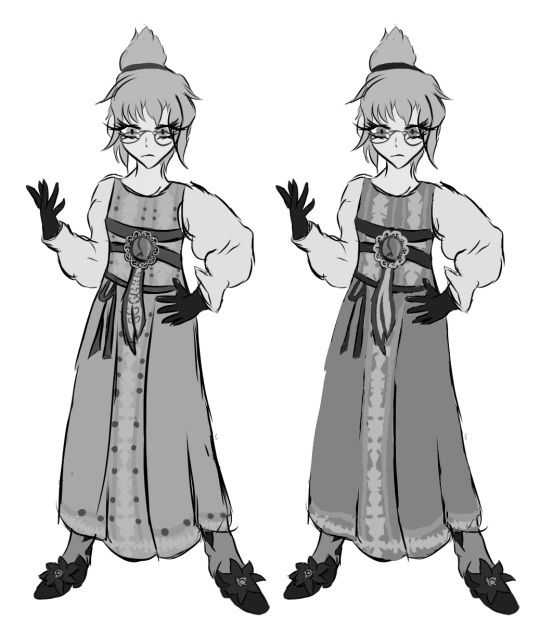
I also noticed that her chest straps seem to defy gravity and sit on the body in a way that looks uncomfortable, and it’d help to put more thought into how the brooch attaches to them. Here’s one way to remedy that.
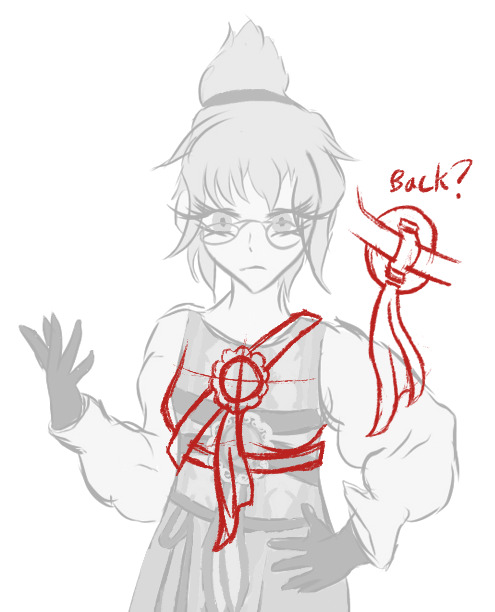
A stronger impression of anatomy and volume in the drawing helps a lot here.
I also toned down Sova’s colors a tad for a more naturalistic look, and switched the brown and yellow so the owls would pop out from their background. It’d also be useful to know the specific type of flower he has on his bag to add a grounded sense of realism.
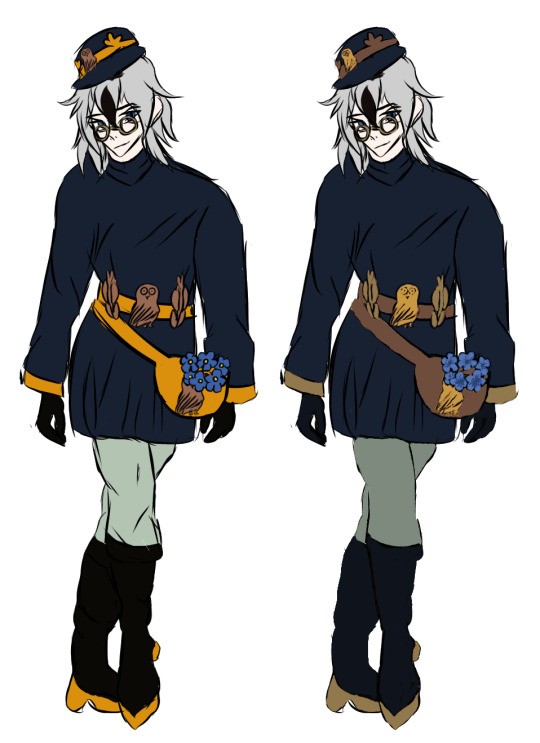
Those are my thoughts for now. Hope this helps!
#ask#otherworldlyfoxxxx#character design#clothing#fashion#research#outfits#values#color theory#redline
20 notes
·
View notes
Photo
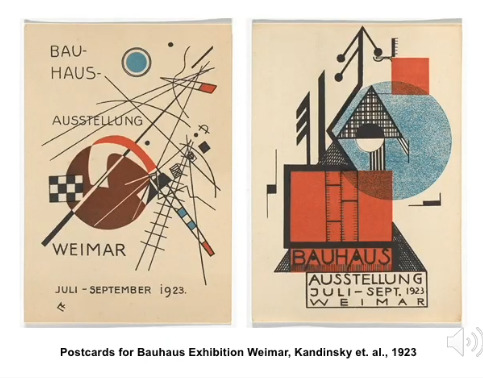
Week 7 Lecture
Bauhaus
This week’s lecture discussed how typography can exist by virtue through the repeated use of the same primary unit. It was also explained that Bauhaus is known as a highly influential school of design which was founded in Germany. Major designers, for instance Josef Albers, worked and developed theories in design in that school, which they would later spread to other parts of the world. The founder of the Bauhaus was Walter Gropius.
“Architects, sculptors,
painters, we must all
get back to craft!”
- Walter Gropius

An interesting saying was mentioned by Andy. “Don’t mistake this minimalism with simplicity”. Breuer was designing the space around that table as much as the table itself, and it was not about minimalism or simplicity. When designing an object, the positive and negative space must also be considered. The Bauhaus would take industrial fabrication techniques and afterwards apply them to architecture in design, such as the bicycle handles, which was a novelty. These early works are still highly influential and many modern artists may have been subconsciously influenced, which is usually quite evident in their works.

Oskar Schlemmer curated an experimental performance tied to design in the Bauhaus. He had a fascination with man-machine hybrids, thus robotic-like figures are often portrayed in the performances. It is true that Bauhaus was not just an institution, but rather an idea. The ideas from Bauhaus has been incorporated into the minds of modern society today.
[Thoughts] Bauhaus seems to be a school every art student is dreaming to be able to attend to. I really like their forward and different ideas in art, and in my opinion it helped people to be more open-minded and think outside the box. I particularly enjoy viewing the designs of Oskar Schlemmer as I find it extremely fascinating how he was able to come up with such futuristic designs in such an early year.
Paul Klee
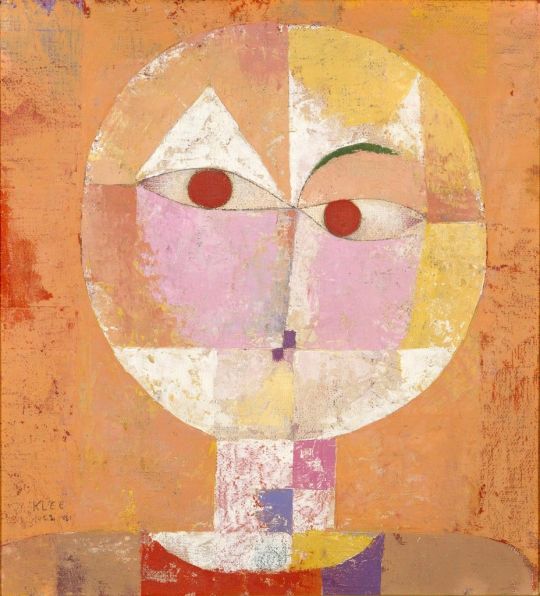
Paul Klee (1879-1940) is a Swiss-German Bauhaus’ artist whose paintings are tied to numerous groundbreaking 20th century movements, from German Expressionism to Dada. In turn, they inspired the art movements of Surrealism and Abstract Expressionism. In the early 1900s, he jettisoned recognizable content, contributing to a form of art that would come to be known as “abstraction.” This interest was galvanized with the onset of World War I. It also caught the attention of Walter Gropius, which united art and craft and stressed function as well as form. Klee was a voracious reader and lover of music and his paintings were pulsed with the rhythm motivated by the modulations of Mozart and Bach, or the cadence of poems by Apollinaire and Rilke. He also had an interest in the art of children and those suffering psychological disorders as well as the hieroglyphs of African languages and art.
Oskar Schlemmer
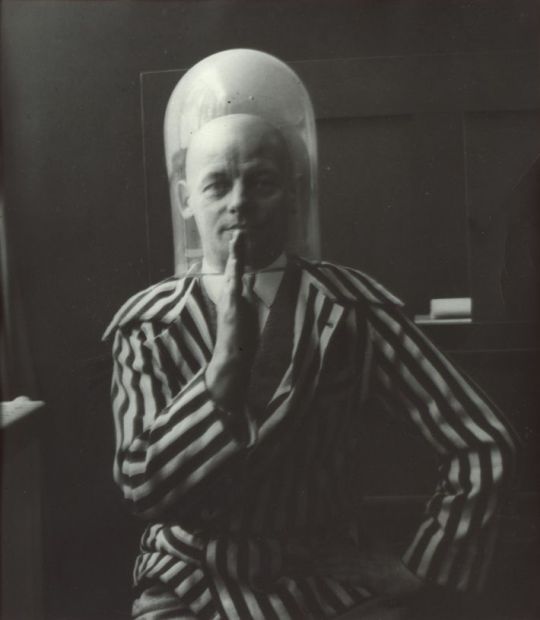
Oskar Schlemmer (1888 - 1943) was a German painter, sculptor, choreographer, and designer known for his abstract paintings of the human form as well as for his avant-garde ballet productions. In Bauhaus, he made significant contributions to numerous departments of design (sculpture, mural painting, metal work, and life drawing) but truly left his mark in the stage workshop. For that workshop he created his best-known work, Das triadisches Ballett (1922; “The Triadic Ballet”), a ballet that he choreographed and for which he designed the costumes. He named it “Triadic” to reflect the three acts, three dancers, and three colours. His experience with dance influenced his paintings, which began to incorporate more depth and volume. Schlemmer developed the Bauhaus theatre in Dessau and was involved in the design process of many theatrical productions.
Wassily Kandinsky

Wassily Kandinsky (1866 - 1944), or known as Vasily Vasilyevich Kandinsky, was a Russian-born artist, one of the first creators of pure abstraction in modern painting. His forms evolved from fluid and organic to geometric and, finally, to pictographic. Starting from a base in 19th-century realism, he was influenced by Impressionism, by the lines and decorative effects of Art Nouveau , by the dot technique of Neo-Impressionism, and by the strong, unrealistic colour of central European Expressionism and French Fauvism. In the early 1922, he was offered a teaching post at Weimar in the already famous Bauhaus school of architecture and applied art. He lectured on the elements of form, gave a course in colour, and directed the mural workshop.
first three images are from the lecture
image 4 https://www.artsy.net/article/artsy-editorial-what-you-need-to-know-about-paul-klee
image 5 https://www.bauhaus100.com/the-bauhaus/people/masters-and-teachers/oskar-schlemmer/
image 6 https://www.wassilykandinsky.net/work-247.php
Resources:
https://www.artsy.net/article/artsy-editorial-what-you-need-to-know-about-paul-klee
https://www.britannica.com/biography/Oskar-Schlemmer
https://www.britannica.com/biography/Wassily-Kandinsky/Bauhaus-period
0 notes